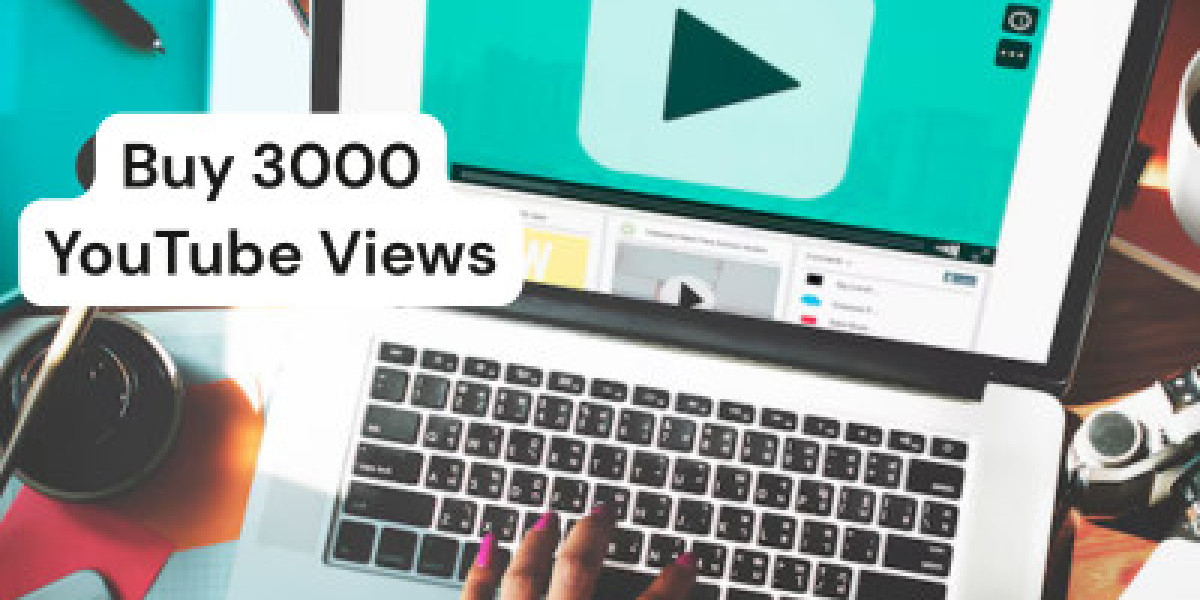From Physical Media to Digital-First Listening
Drivers once carried stacks of CDs or tapes to enjoy their favorite playlists. Today, Spotify, Apple Music, Tidal, and other platforms provide instant access to millions of tracks in high-resolution formats. This shift has changed priorities: instead of focusing on traditional head units with CD players, enthusiasts now look for Bluetooth integration, USB-C compatibility, and app-friendly dashboards.
The Rise of Connectivity and Integration
Modern car audio installations now revolve around seamless connectivity. Consumers expect their systems to pair instantly with smartphones, support voice assistants, and integrate with apps. Installers are responding by recommending digital signal processors (DSPs) and advanced head units that allow for high-quality streaming without distortion. The installation process is no longer just about wiring speakers—it’s about creating a connected environment that makes streaming effortless.
Higher-Quality Audio Requires Better Gear
Streaming used to be criticized for compressed, low-bitrate sound. That’s no longer the case. Platforms like Tidal HiFi and Apple Music Lossless are offering near studio-quality tracks. This shift has increased demand for precision-tuned systems, capable of reproducing detailed highs and tight lows without muddying the sound.
It’s also why more enthusiasts are investing in competition-grade components like the Pride 6.5 300, which packs serious performance in a compact format. With high-resolution streaming, users can actually hear the difference in driver quality, enclosure design, and tuning.
Changing the Way Systems Are Installed
Streaming has altered not just the gear, but the installation strategies:
DSP Integration: Installers focus on DSPs that correct factory EQ curves and maximize streaming clarity.
Compact, Powerful Subs: Instead of massive enclosures, smaller but efficient subs are paired with precise tuning—fitting modern lifestyles.
Minimalist Dashboards: Touchscreen head units often replace bulky systems, giving drivers control over apps and sound profiles in one place.
The installation is now about blending functionality, aesthetics, and digital compatibility.
Shaping Listener Expectations
Streaming has also changed what drivers expect from their sound systems. Instead of building setups just for bass-heavy CDs or mixtapes, systems are tuned for variety—one moment it’s hip-hop with pounding lows, the next it’s a podcast where speech clarity matters most. This versatility requires installers to balance subs, mids, and highs for a clean, adaptable soundstage.
The Future of Streaming and Car Audio
Looking ahead, the integration of streaming into vehicles will only grow deeper. With 5G and in-car WiFi, expect even smoother access to high-resolution tracks and live cloud-based libraries. Manufacturers are already designing vehicles with built-in streaming platforms, but enthusiasts will always want more control, customization, and competition-grade quality.
As streaming reshapes expectations, installers and audiophiles alike are moving toward systems that can capture the nuance of high-quality digital music—whether through advanced DSPs, compact subs, or drivers like the Pride 6.5 300 that can keep up with today’s demanding formats.
Final Thoughts
Streaming music has shifted car audio from being media-focused to being experience-driven. Installations are no longer about whether you have the loudest system in the parking lot—they’re about whether your system can adapt to whatever you’re streaming and reproduce it with stunning clarity.
In this new era, success comes from combining digital integration with powerful, precisely tuned hardware. That’s what keeps car audio not only alive but thriving, as streaming continues to redefine how we listen on the road.



